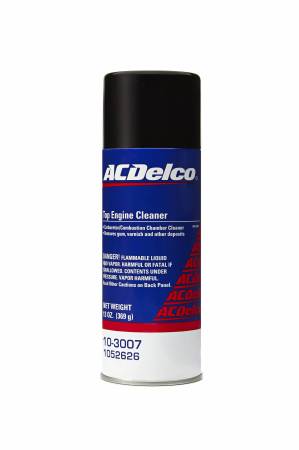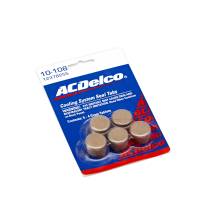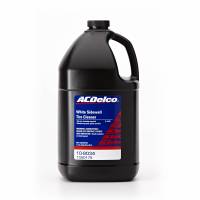Maintenance & Troubleshooting
Signs of Wear & Troubleshooting
- Fuel system service is possibly required when the vehicle is hesitating, having trouble starting, achieving sub-par gas mileage, operating sluggishly, and/or providing poor overall performance.
- Faulty fuel injectors in particular can cause a number of issues, including abrupt engine power, engine misfire, rough idling, fuel leakage, and reduced fuel economy
- Fuel injectors (particularly the injector nozzles) are in an environment where tremendous heat is generated. The burning of fuel can leave hardened carbon deposits on piston valves and fuel injector nozzle heads that interfere with the spray pattern and flow of fuel. The preceding issues, especially when multiple issues are encountered at the same time, are indications that this and other forms of contamination have occurred.
- Although significant repair of fuel system components may be required in serious cases, fuel system additives are often an excellent solution for nagging problems.
Good Maintenance Practices
- For best results, this product should be used in conjunction with an engine tune-up.
- With severe deposit conditions, an additional treatment may be required.
- CAUTION: When used indoors, connect exhaust removal equipment to the car.
- Do not use this solvent for the front or rear carburetors of a 3x2 setup (solvent may dissolve throttle blade sealer), the secondary barrels of a 4-barrel carburetor, or the rear carburetor secondary barrels or front carburetor of a 2x4 setup with progressively opening throttles. In this last application, use in both front and rear carburetor primary barrels only on 2x4 setups with simultaneously opening throttles.
- Warm up engine to normal operating temperature. If the vehicle has an AIR management system, disconnect the AIR diverter valve solenoid to divert the AIR from the converter. Remove air cleaner. Run engine at medium idle (800-1,000 RPM) and spray cleaner directly into the carburetor throat, striking automatic choke plate, main throttle plate, and shafts. Spray around walls and over entire exposed areas (Note: spray will reduce RPM to 400-500; this is normal). If engine stalls, restart engine before continuing to spray. When can is empty, turn off ignition. Let engine soak for 15 minutes. Replace air cleaner. Run engine above idle speed to blow out deposits. Restore AIR management systems.
- The goal of proper fuel system maintenance is to keep the system clean and help ensure the most economical and efficient fuel system life.
- Some of the ways contaminants can be kept out of the system from the onset are by keeping fuel system components, especially fuel transfer equipment like nozzles, tanks, and hoses, free from surface dirt and out of the rain.
- Performing regular fuel system cleaning and maintenance helps remove fuel varnish build-up, remove intake valve deposits, and reduce cylinder head deposits.
- One of the major goals of fuel system cleaning and maintenance is to maximize fuel economy, which is a huge concern with today's fuel prices. In order to maximize fuel economy and avoid significant, costly fuel system repairs, you should regularly check the tire pressure, stay vigilant with engine tune-ups, regularly check tire wear for signs of poor wheel alignment, and run air conditioning only when necessary. You should also change the oil as required, regularly check cooling system operation, check for dragging brakes, avoid excessive idling, drive at the speed limit, and accelerate moderately from a stop.

 WARNING: Cancer & Reproductive Harm -
WARNING: Cancer & Reproductive Harm - 

Write the First Review!